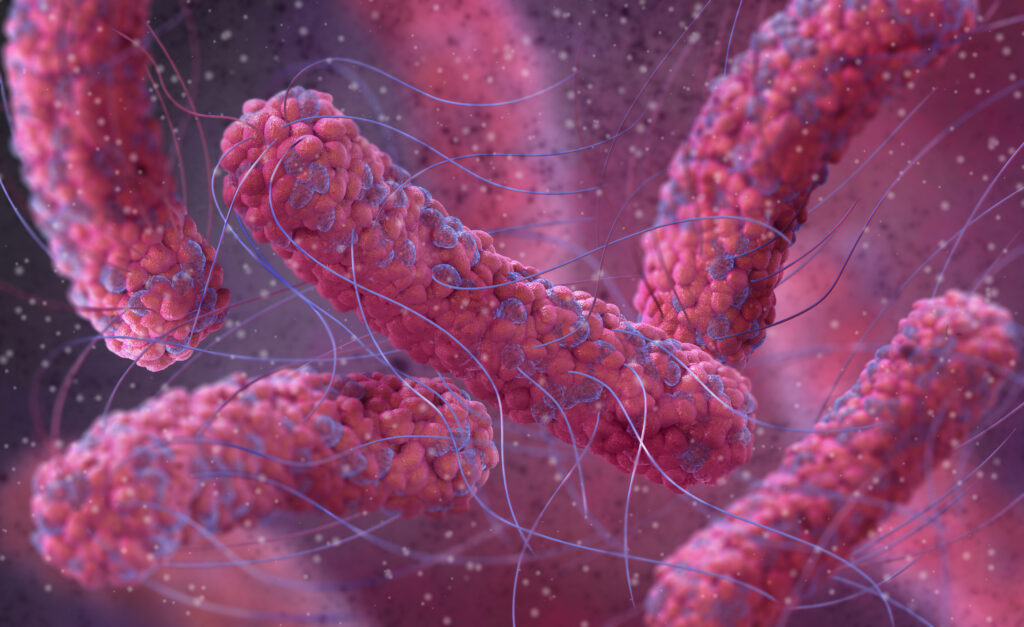
Close Up at the Newseum
Dear Readers, Case Western Reserve University Professor Patricia Princehouse and I recently taped an episode of the program “Close Up at the Newseum”, where we discussed intelligent design, Darwinism, The Edge of Evolution, and other topics with an audience of about 40 high school students. The purpose of Close Up is to get students interested in issues of the day, and to become active participants in our democracy. The show will air this Friday, November 30th, at 7:00 p.m. Eastern time, on C-SPAN 2.








